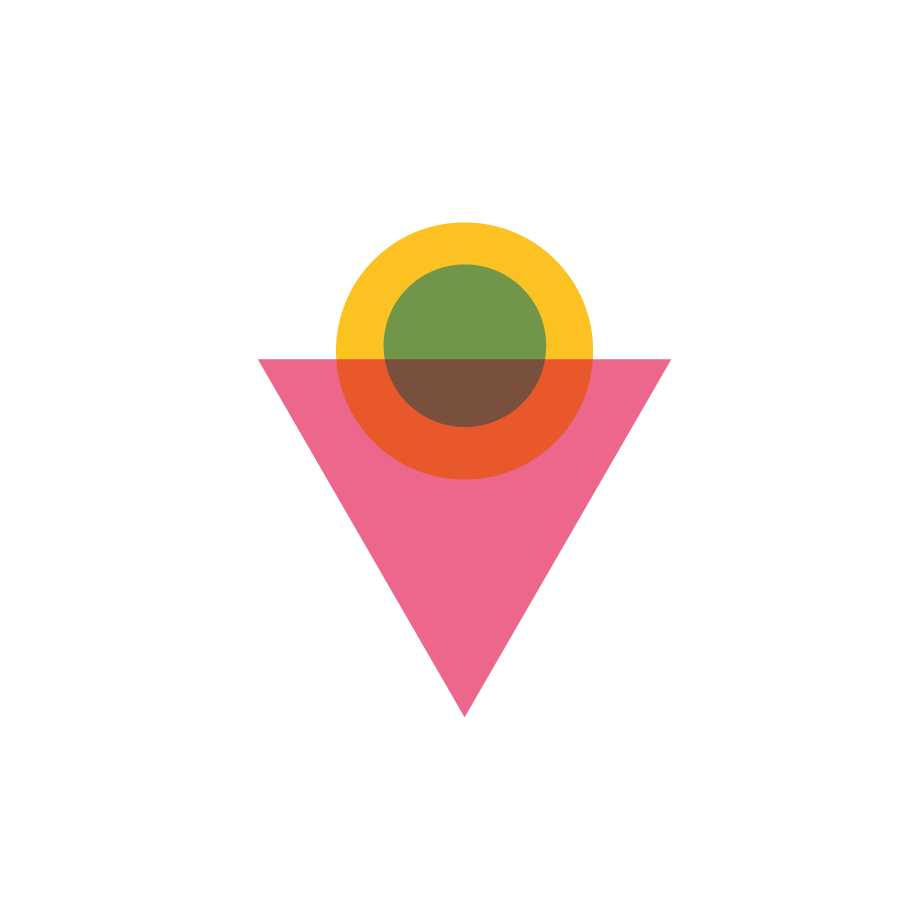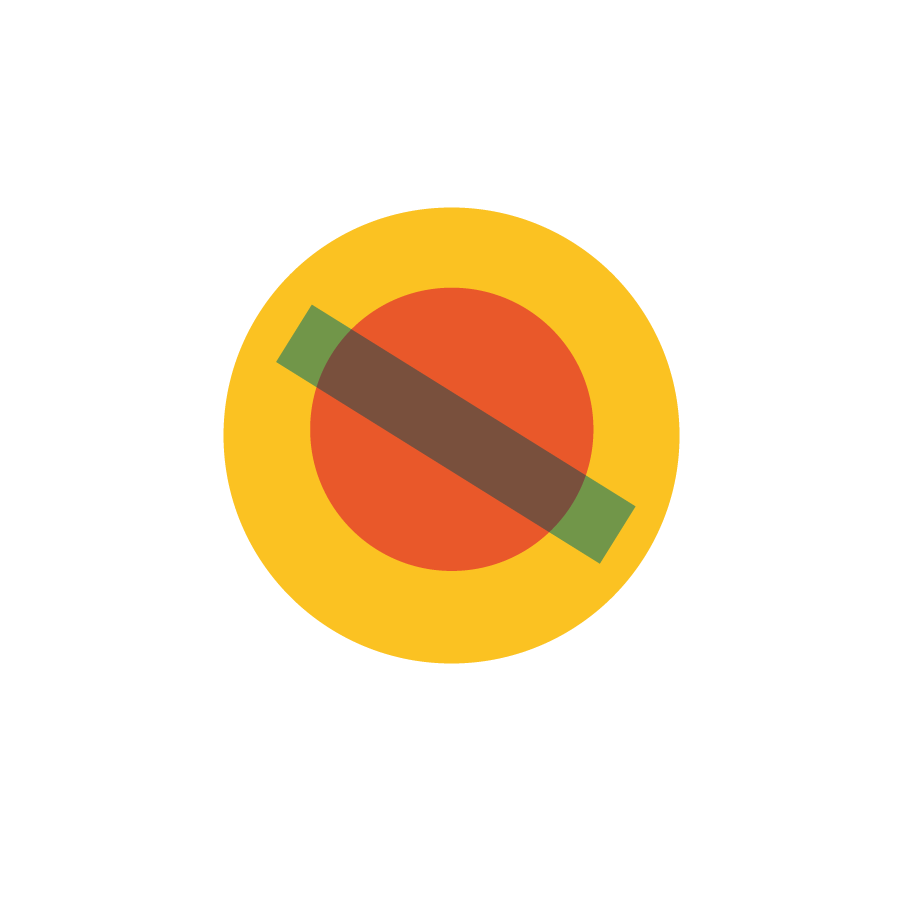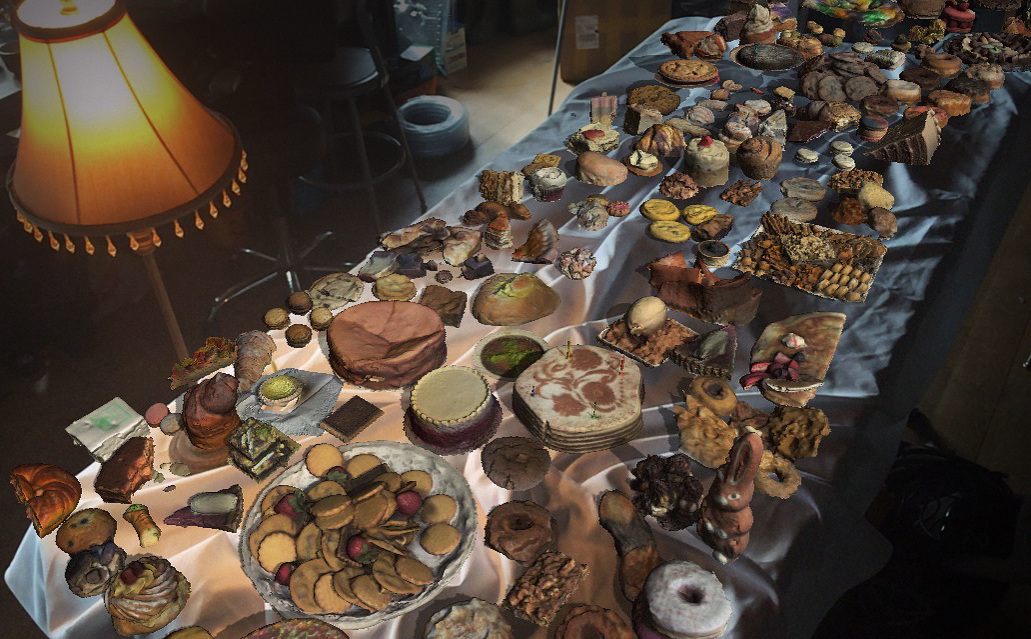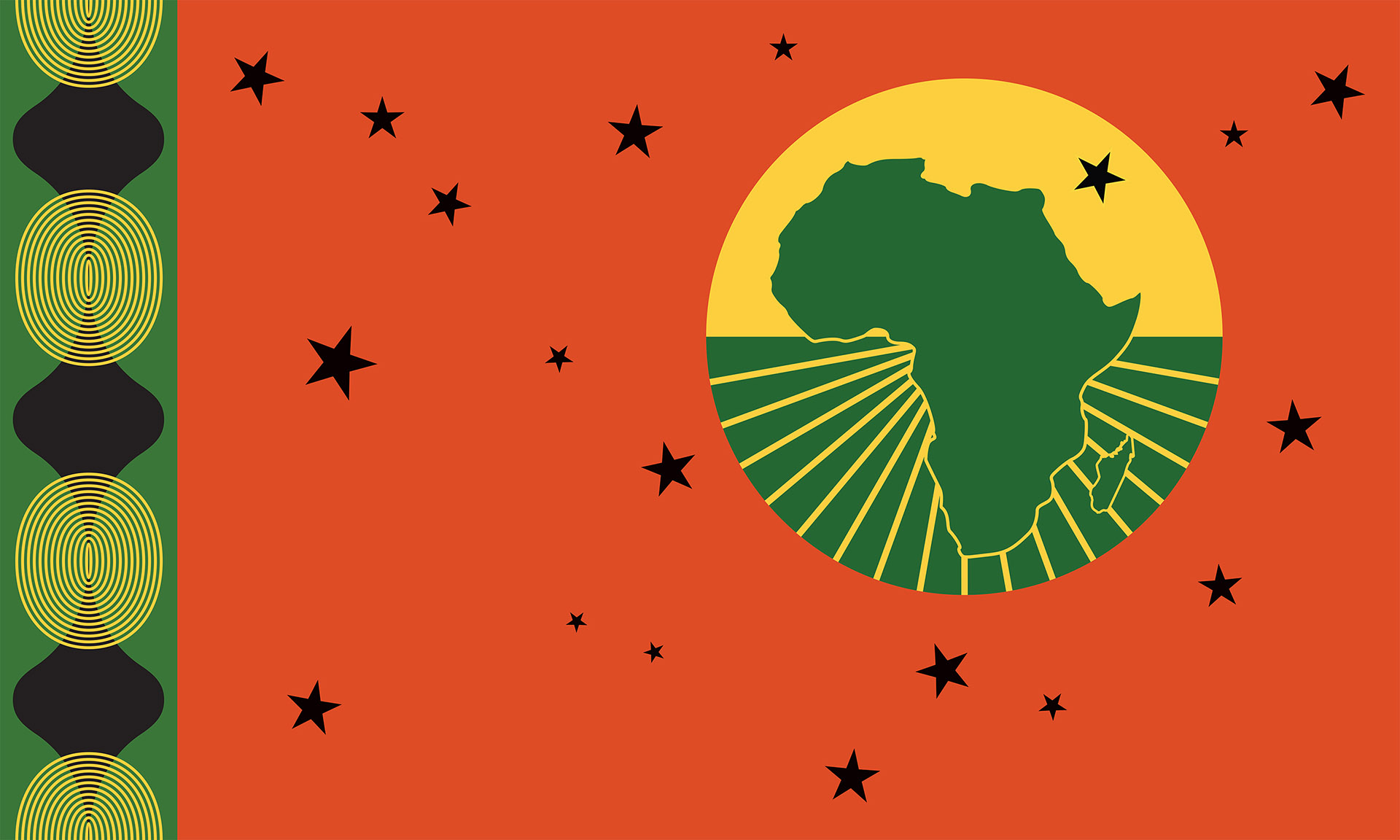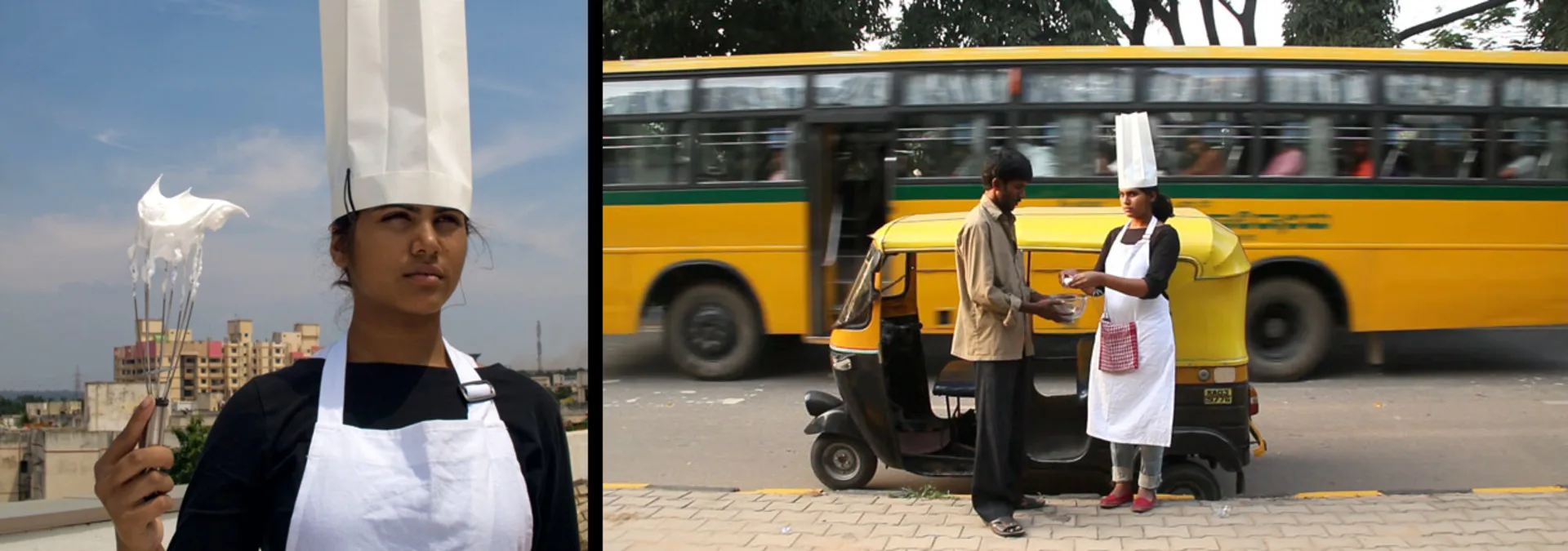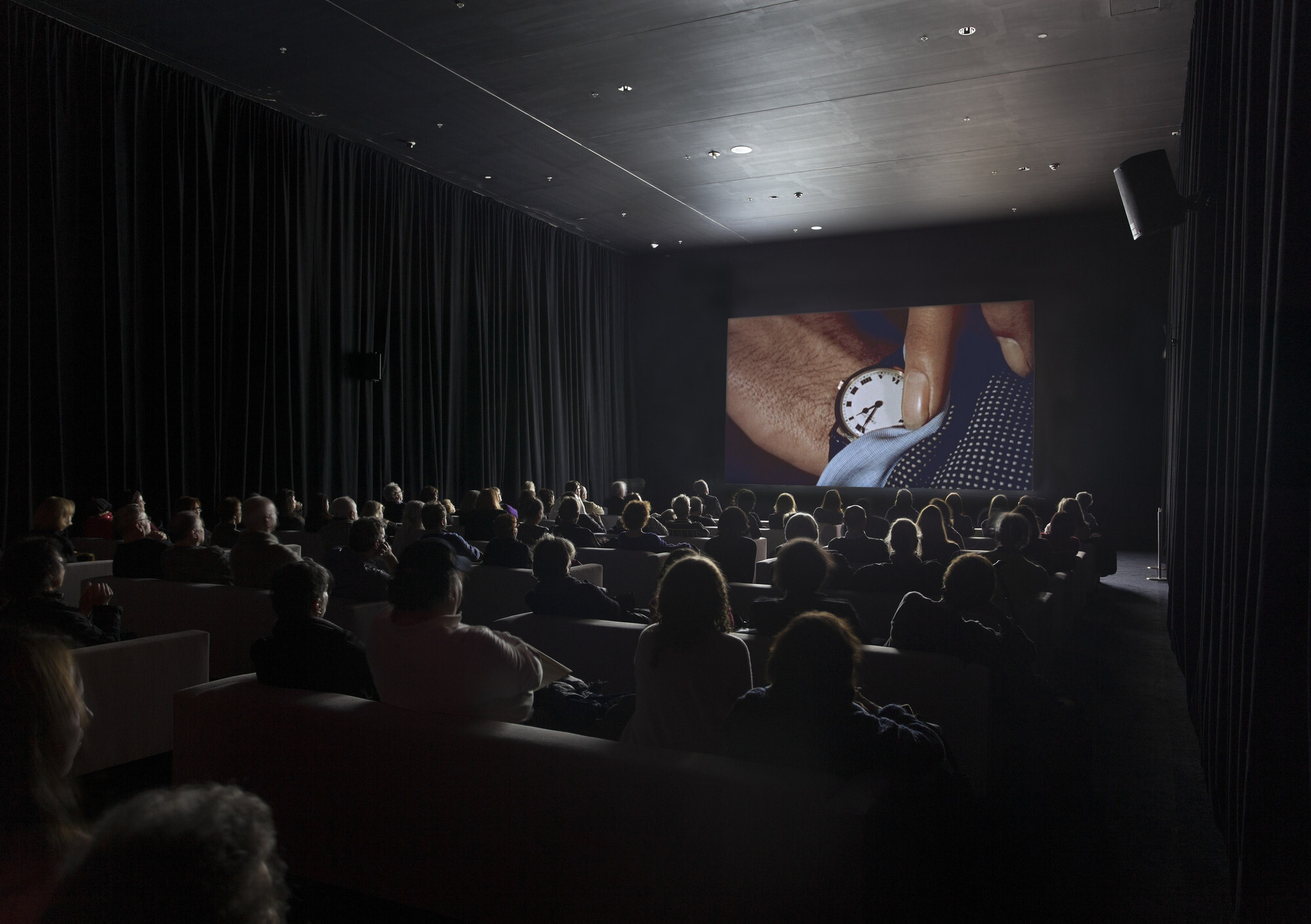Mapping Affordances
Part I (5 minutes): Warm Up
With an object of your choice, spend 5 minutes listing all of its affordances.
You can choose ANY object – a rubber band, a desk, the wind.
Stick with it for the full time – imagining all the possibilities of how this object can be used in both obvious and surprising ways.
Part II (10 minutes): Mapping to Affordances
Take 5 minutes to figure out how your object could be used to convey one of the ideas or feeling on the list below.
For example, how can a rubber band be used to convey a feeling of loss?
Take the wisdom gleaned from your list of affordances. For example, is there something about how a rubber band feels, holds on to objects, or can fly through the air that could tell this story of loss. It may be helpful to bring in your thinking about metaphor as well. Write about it, and if it feels possible, enact it, photograph it, or document it in some way.
List of Ideas:
- A hopeful feeling that the world can be rearranged for the better
- Feeling like a part of a network of matter
- Conveying a non-human point of view
- Tackling a problem, one step at a time
- Anticipation before starting something new
- Being reunited with a long lost love
- Embarrassment after making a bad joke
- Homesickness
- Feeling confused but trying to hide it
Part III (10 minutes): Randomized Affordance
For III, we’ll see how you convey your own idea or work with your own subject matter, allowing the affordances of different forms, techniques, or mediums to be a productive constraint.
Randomly (however you choose to randomize is okay) choose a technology, medium, material, technique, etc. Some examples:
- a watch
- GPS
- paint
- social media
- a computer mouse
- dirt
Again, for 3 minutes list the affordances of your technology / medium. Remember, there are absolutely limitless possibilities.
Do any of the affordances you have listed jump out at you as echoing, being well-suited, or metaphorically relevant to an aspect of your project?
Use 5 minutes to create a sketch (drawing or description) of a prospective iteration of your project, mapping on to a single affordance you identified.
A good follow up to this is to map your experience as a user journey, storyboard, or user flow diagram.
//Key Takeaways/Deliverables
The same concept can be expressed through different tools, with varying impacts.
Constraints can be productive for creativity!
Mapping affordances to concepts can be a way of creating a poetic interaction.
Constraints can be productive for creativity!
Mapping affordances to concepts can be a way of creating a poetic interaction.
//credits
This exercise was originally designed by Sarah Rothberg for in 2018 for the course Content and its Discontents.
